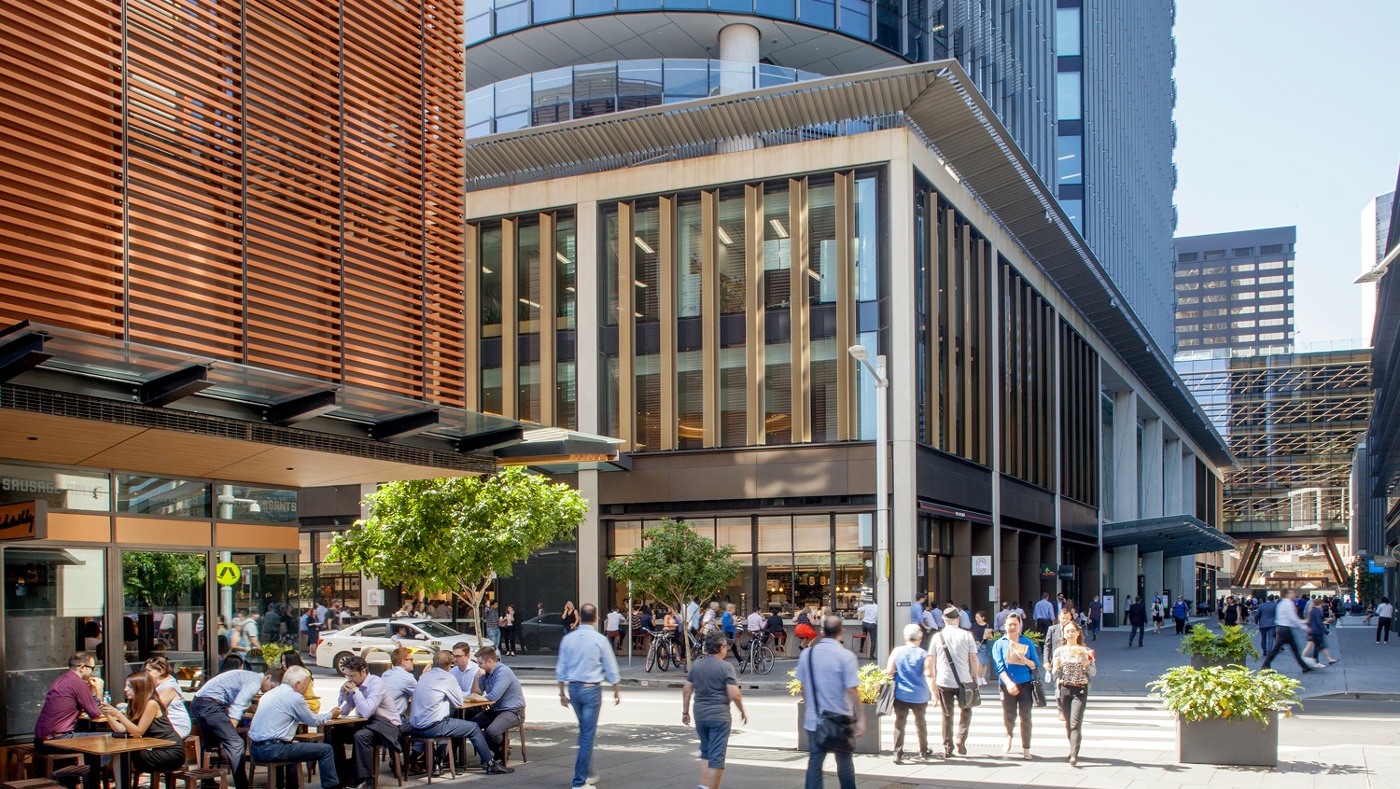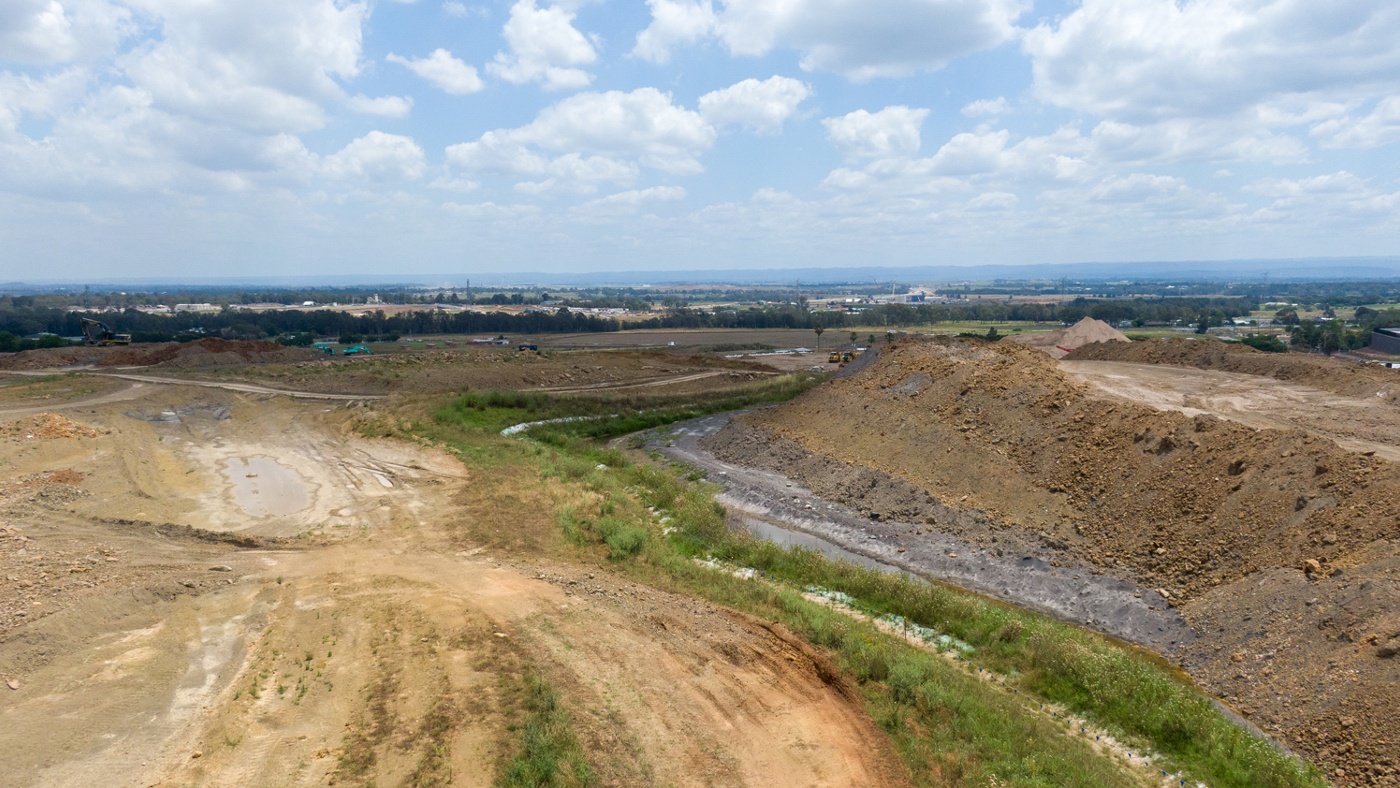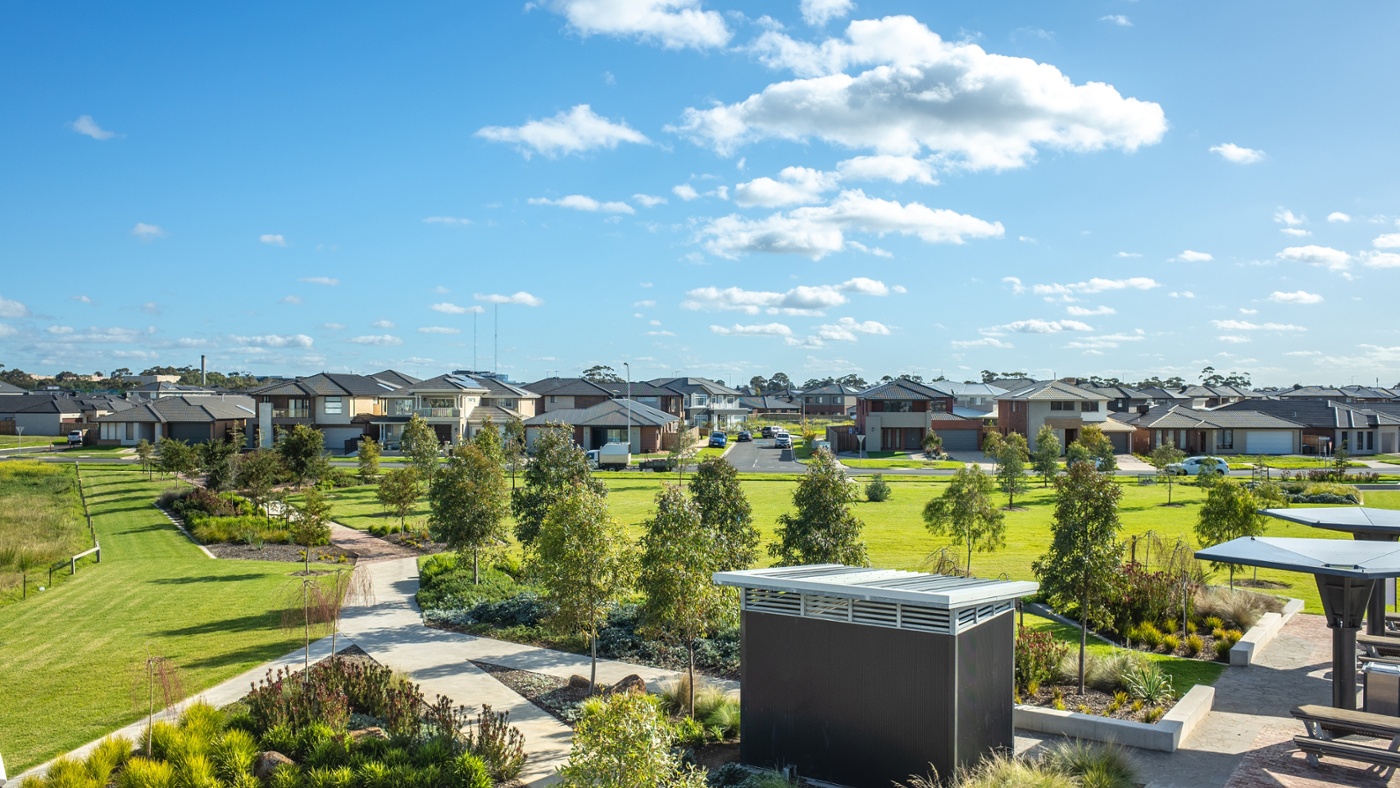Our seniors living expert Daniel West provide insight into the recently released draft Housing SEPP
The Housing SEPP will provide new draft legislation for the seniors housing industry in NSW and will replace the long-standing SEPP (Housing for Seniors or People with a Disability) 2004 (SEPP Seniors).
See our previous article from August 2020 here which discussed the first cut – and very different – draft legislation by the NSW Department of Planning, Infrastructure and Environment (DPIE).
We undertook a policy review and research paper for the Housing Policy team at the DPIE which then informed further consultation with industry, as well as state and local government stakeholders. This gives us great insight into the intent of the legislation – which we unpack in this article.
What’s the background?
In August 2020, an Explanation of Intended Effect (EIE) for a new draft SEPP known as the draft Housing Diversity SEPP was publicly exhibited. This proposed to review and consolidate SEPP Seniors, SEPP (Affordable Rental Housing) and SEPP No. 70 into the one policy. In terms of seniors housing, there were seven key changes, many of which were not carried through to this latest iteration of planning policy.
We were engaged to undertake a review of SEPP Seniors, with a particular focus on incentivising Independent Living Units (ILUs) and Residential Care Facilities (RCFs) in order to breathe new life into the seniors housing industry in NSW.
Following finalisation of the Ethos Urban review in June 2021, DPIE has been workshopping internally and Parliamentary Counsel has prepared the draft legislation which has now been placed on public exhibition until 29 August 2021.
The changes are summarised below.
The draft legislation
What’s new
1. Increasing the age of “seniors” from 55 to 60 years
A controversial change for the industry, however it is reflective of Commonwealth legislation (Superannuation Industry (Supervision) Regulations 1994) that governs access to superannuation that is increasing from 55 years to 60 years by 1 July 2024.
2. Prescribed Zones
Similar to the Infrastructure SEPP, the Draft SEPP is proposed to apply to prescribed zones. This simplifies and removes the ambiguity and complexity of the current SEPP Seniors applicability framework. The applicable zones are predominantly residential zones, as well as a broad range business zones, special purposes zones and private recreation zones. However, for the RE2, SP1, RU5 and R2 Zones, the following applies:
- RE2 – existing registered club must be on the land and at least 50% of the site adjoins a residential zone.
- SP1 – a place of public worship, educational establishment, hospital or seniors housing is permitted on the land, and at least 50% of the site adjoins a residential zone.
- RU5 – within 50km of a 24-hour health services facility and land is serviced by reticulated water and sewerage.
- R2 – only residential care facilities are permitted. This is a critical issue and if implemented, will significantly impact the industry. It will also make any existing ILU development that is located in an R2 zone and reliant upon SEPP Seniors for permissibility, prohibited development and therefore reliant on the existing use rights provisions of the Environmental Planning and Assessment Act, 1979 (EP&A Act).
3. New and updated non-discretionary standards – which are the former “Development standards that cannot be used as grounds to refuse consent”
Residential Care Facilities
- Maximum building height of 9.5m (and up to 11.5m for roof services covering a maximum of 20% of the roof).
- Internal and external communal open space to achieve a minimum of 10m² per bed.
- Landscape area to achieve a minimum of 15m² for every bed.
- Deep soil zone of a minimum of 15% of site area (with a minimum dimension of 6m). and at least 65% are rear of site if practicable.
- 1 car space per 15 beds.
Independent Living Units
- Maximum building height of 9m (and up to 10.5m for roof services covering a maximum of 20% of the roof).
- Deep soil zone a minimum of 15% of site area with a minimum dimension of 6m and at least 65% are rear of site if practicable.
By re-labelling these standards as “non-discretionary development standards”, this potentially invites the application of clause 4.6 of the Standard Instrument LEP to developments that do not comply.
4. Vertical villages incentives
This replaces the vertical villages clause of SEPP Seniors and is designed to incentivise seniors housing in medium and high-density urban areas. The main points are:
- 15% FSR bonus for ILUs only
- 20% FSR bonus for RCFs only
- 25% FSR bonus for ILUs + RCFs
- Importantly, it allows for an additional 3.8m in building height above the underlying LEP Height of buildings standard (or whichever instrument applies) to achieve the bonus, without the need for a clause 4.6 variation.
- These bonuses apply to where Residential Flat Buildings (RFBs) are permissible only and therefore not applicable in most business zones as RFBs are generally prohibited in business zones. We note this is contrary to Minister Stokes’ recent public statements on the vertical villages being in our shopping and town centres. We are of the opinion that this provision should also apply to shop-top housing in order for the vertical villages incentive to be utilised in business zones.
- No Site Compatibility Certificate via the DPIE is required to trigger these provisions.
- Further, there are no affordable housing requirements or community housing provider status required to access the bonus.
- On land that does not have an FSR standard, the bonus is applied to an FSR of 0.5:1. This is highly problematic given that almost all R1, R3 and R4 zoned land often prescribes densities above 0.5:1, and many R4 zones prescribe densities well above 1:1. Accordingly, this will result in seniors housing in these areas having a lower density and yield than other forms of residential development. This is contrary to the purpose of this provision to incentivise seniors housing in our urban centres.
5. Updated development standards
For residential zones where residential flat buildings are not permitted, a new maximum building height of 9m is proposed to align with the Standard Instrument definition of building height. Also, servicing equipment can extend a further 2.5m up to a maximum building height of 11.5m for a maximum area of 20% of the roof.
There is a potential conflict between this 9m standard and the non-discretionary 9.5m standard identified above for RCFs and it is not clear whether clause 4.6 would apply to a proposal that exceeds 9m in height but is 9.5m.
6. Location and access to services / transport changes
Independent Living Units – somewhat more flexibility provided here compared to the current clause 26 of SEPP Seniors, in that, a number of facilities can be provided on site, or accessible by a transport service that is no more than 400m from the site and achieving the requisite path of travel gradients.
Important to note that the word “public” does not precede “transport service” here and the term is not defined, however there is reference to a “public transport service” under the accessibility provision that requires safe and obvious pedestrian links for seniors housing. Furthermore, a transport service does not include a passenger service (ie taxi, Uber etc).
Residential Care Facilities – requires access to the same services and facilities for ILUs, either directly or by a transport service other than a passenger service (ie taxi, Uber etc). However, there are no distance or gradient requirements to or from a transport service for residential care facilities. Also, it is interesting that unlike for ILUs, the services and facilities cannot be provided on site to satisfy accessibility requirements. Unusual given that RCFs benefit from on-site services and facilities as much or more so than ILUs.
7. Design Principles – Acknowledgement of residential care facility design
An important new provision is the acknowledgement in the design principles for consent authorities to recognise the operational, functional and economic requirements of RCFs requiring a different building shape to other residential accommodation.
8. State Significant Development Application (SSDA) pathway for RCFs
The draft proposes a new SSDA pathway for RCFs that have a Capital Investment Value (CIV) of $30 million or more in Greater Sydney or $20 million outside of Greater Sydney.
However, for integrated and mixed seniors housing developments and villages, the RCF component must have a value of at least 60% of the CIV of the proposed development. This means that no more than 40% of the CIV can be for other forms of development and form part of the SSDA. Whilst this is considered a positive initiative, we believe there should be no limit on the proportion of ILU development forming the SSDA once the overall CIV threshold for a RCF is met.
In large seniors housing developments, the ILU component is typically substantially larger than the RCF component. Limiting ILUs to only 40% of the CIV could have the unintended consequence of forcing providers down a dual planning pathway for a single development, one SSDA and the other a DA for the remaining ILU component of a single seniors housing development.
9. Definitions to align with the Standard Instrument
Gross Floor Area definition of the Standard Instrument is proposed. However, acknowledgement of basement service facilities for RCFs being excluded from GFA remains.
Building height definition of the Standard Instrument is proposed. However, acknowledgment of the design needs of seniors housing has been made in the development standards and non-discretionary development standard.
What’s the same?
10. Moratorium on heritage conservation areas – this remains in place until 1 July 2022.
11. MRA exclusion zone
Remains in place however residential and business zones are excluded for DAs lodged before 29 July 2020 or DAs lodged after 29 July 2020 if it relies on a Site Compatibility Certificate lodged prior to this date. Accordingly, in the long term, there is no change proposed to the MRA Exclusion Zone.
What’s no longer proposed?
12. Structure of development standards and non-refusable standards prevailing over LEPs – a feature of the EIE that generated enormous interest was the proposal to have the standards of LEPs prevail of over the standards of the SEPP, reversing over 40 years of planning practice in NSW where to the extent of an inconsistency between an LEP and a SEPP, the SEPP prevails. This is no longer proposed.
13. 20% limit on variation to development standards – again, this is no longer proposed.
What’s fallen away?
14. Site Compatibility Certificates will no longer form part of seniors housing.
15. Apart for RU5 zones, seniors housing in rural zones is no longer permissible.
16. The development standard requiring the rear 25% of a RACF site to be single storey is gone.
17. Schedule 1 Environmentally Sensitive Land – has been rationalised and targeted so the ambiguity and broadness of this schedule in the current SEPP Seniors is significantly reduced. Interestingly, land identified as ‘flood planning’ in another environmental planning instrument (such as an LEP) will be automatically excluded from SEPP Seniors, whereas currently this exclusion only applies to land identified as ‘floodway’ or ‘high flooding hazard’. This could potentially exclude large areas of land from the SEPP where the actual flood hazard is minor.
What could the future include?
18. Village Renewal Incentives – a big ticket item to renew older villages reaching the end of their economic life with little ability to renew. This initiative has not been addressed.
19. Developer contribution exemptions for social housing providers being enshrined in the SEPP rather than a Ministerial Direction from 2007.
Significant wins
There are some significant wins in this draft legislation for the seniors housing industry, particularly in respect to simplifying the zones the SEPP applies to and removing the need for SCCs. Also, providing more flexibility and options for the access to facilities and services provision is a positive; as too is removing the long problematic standards and many other complexities of SEPP Seniors, such as Schedule 1 Environmentally Sensitive Land and standardising definitions.
Most importantly the vertical village incentives are a step in the right direction, however they must apply in business zones for shop-top housing in order to realise their intention to bring seniors housing into our urban centres. Furthermore, the 0.5:1 FSR being applied to land without an FSR must be removed as it works against the intention of the vertical villages incentive clause.
A very concerning and surprising addition is prohibiting ILUs from R2 zones. R2 zones have long provided the ability for seniors housing providers to compete effectively to acquire land and increase the supply of seniors housing in NSW. The blanket prohibition of ILUs in R2 zones is considered a retrograde step to address, perhaps, some councils’ concerns. This will also have the unintended consequence of forcing hundreds of lawful seniors housing developments in NSW to use the existing use rights provisions of the EP&A Act.
We recommend industry engage with this key piece of policy, with submissions to the DPIE due by 29 August 2021.
For more information on the recently released Draft Housing SEPP contact our experts Daniel West and Yvette Carr.
Related Insights

Recognising Our People: 2025 Mid-Year Promotions

NSW Low and Mid-Rise Housing Reforms

Ethos Urban to join Colliers






